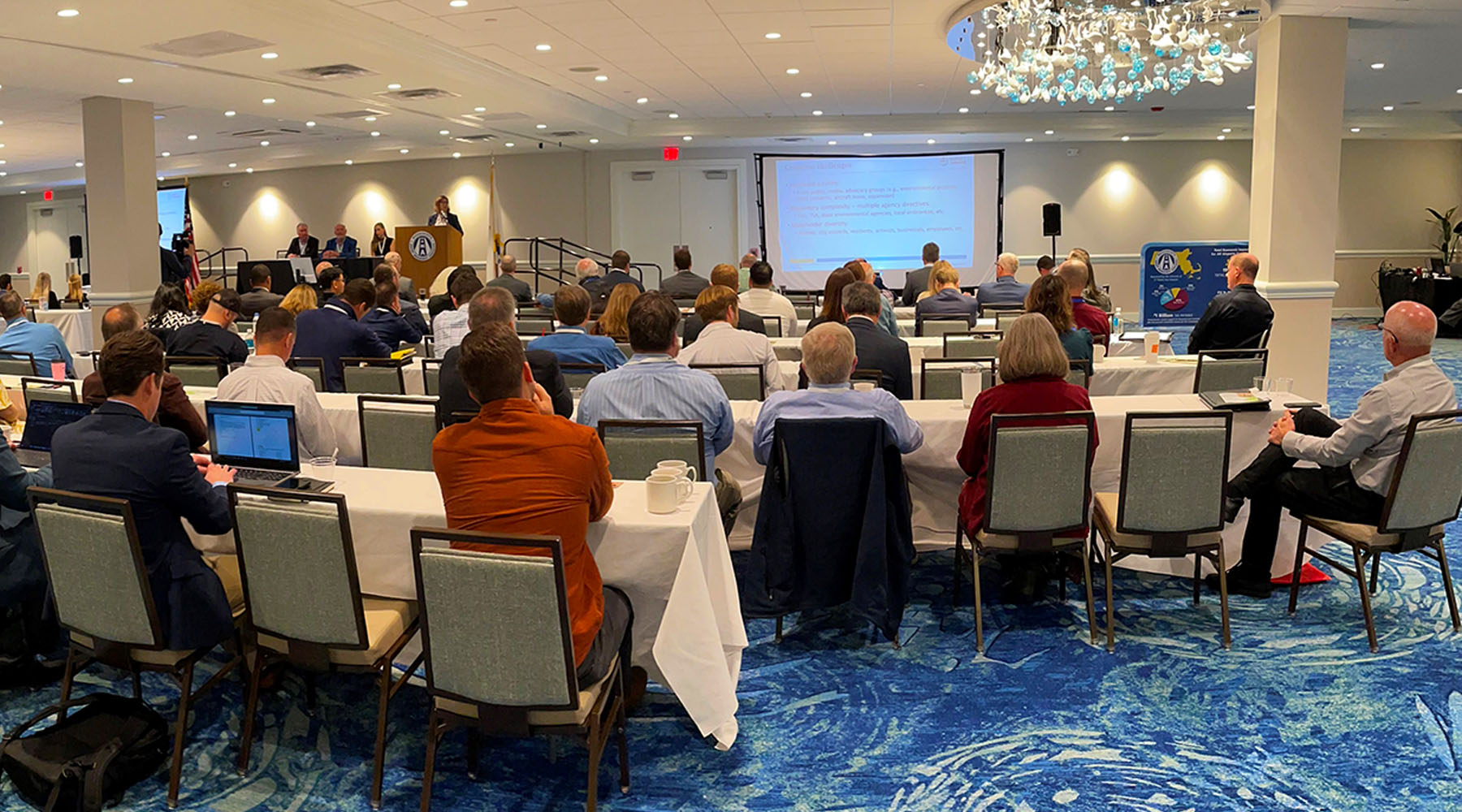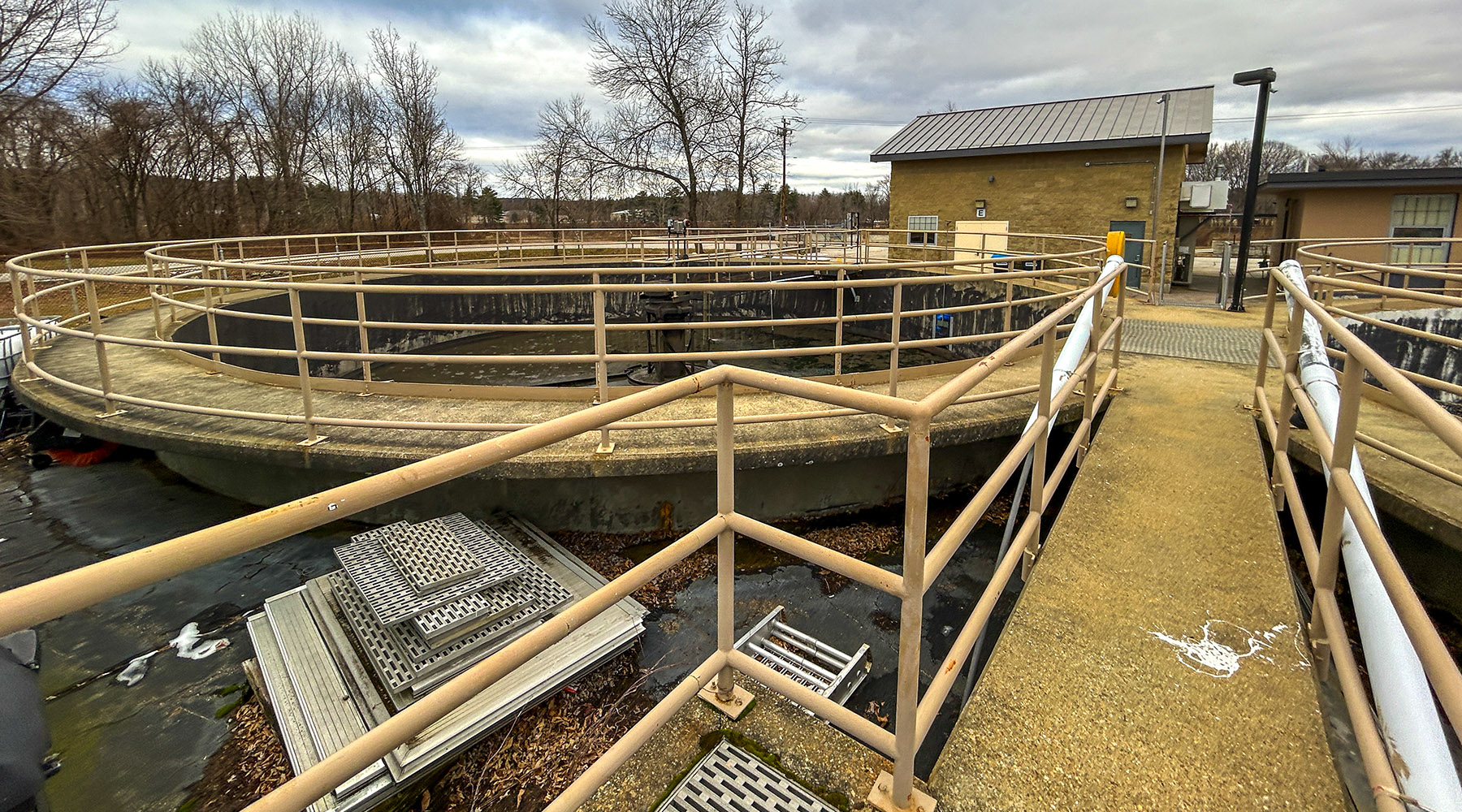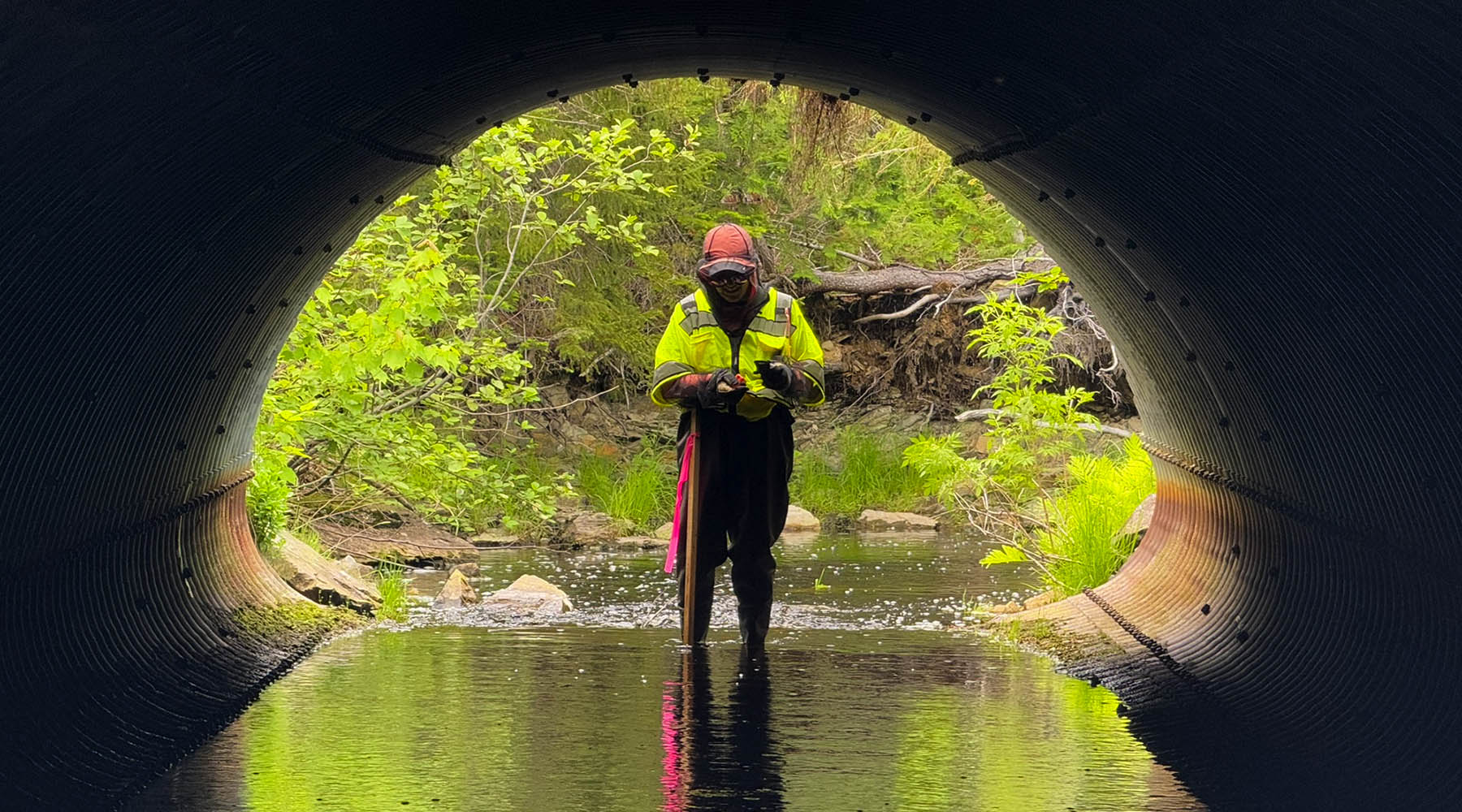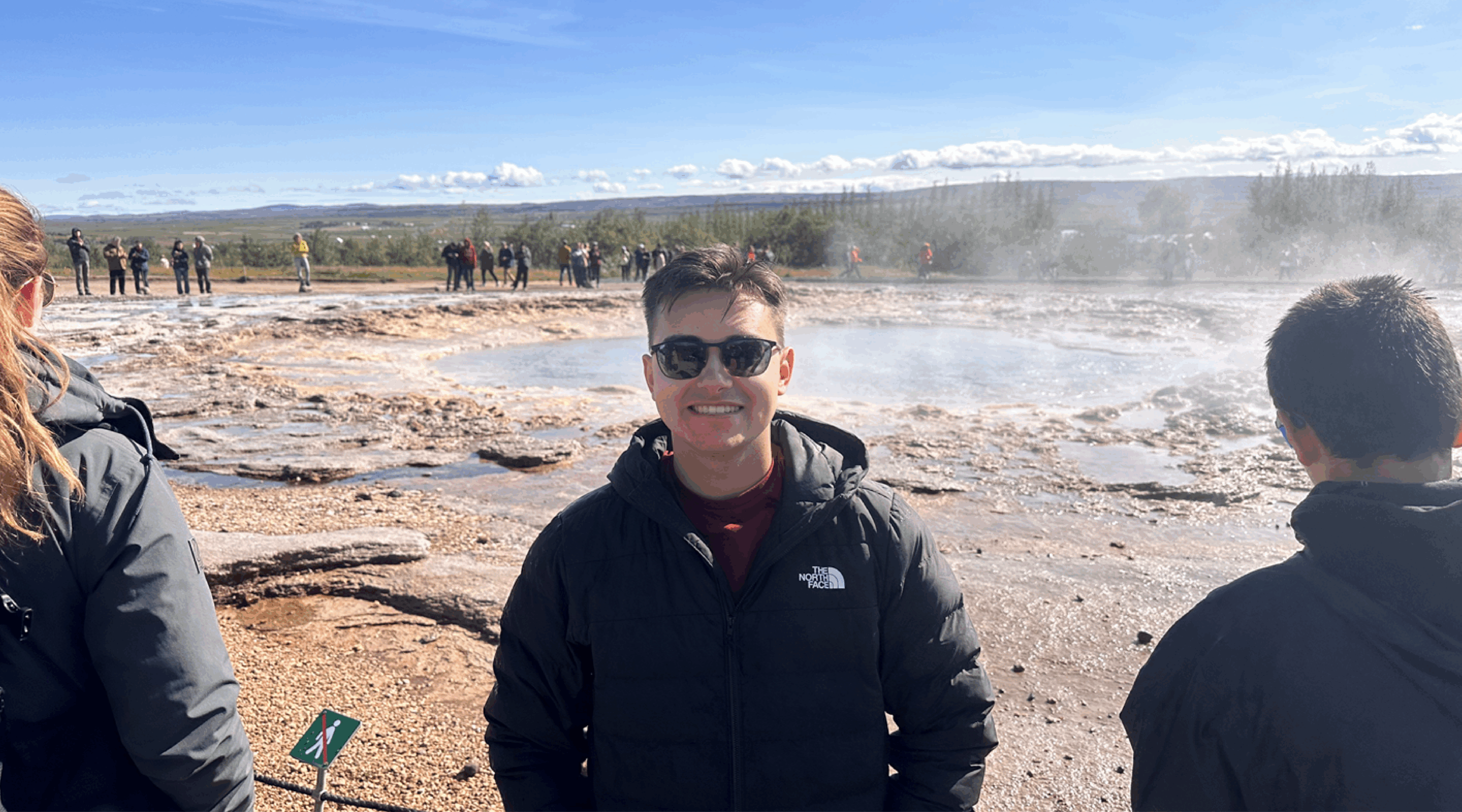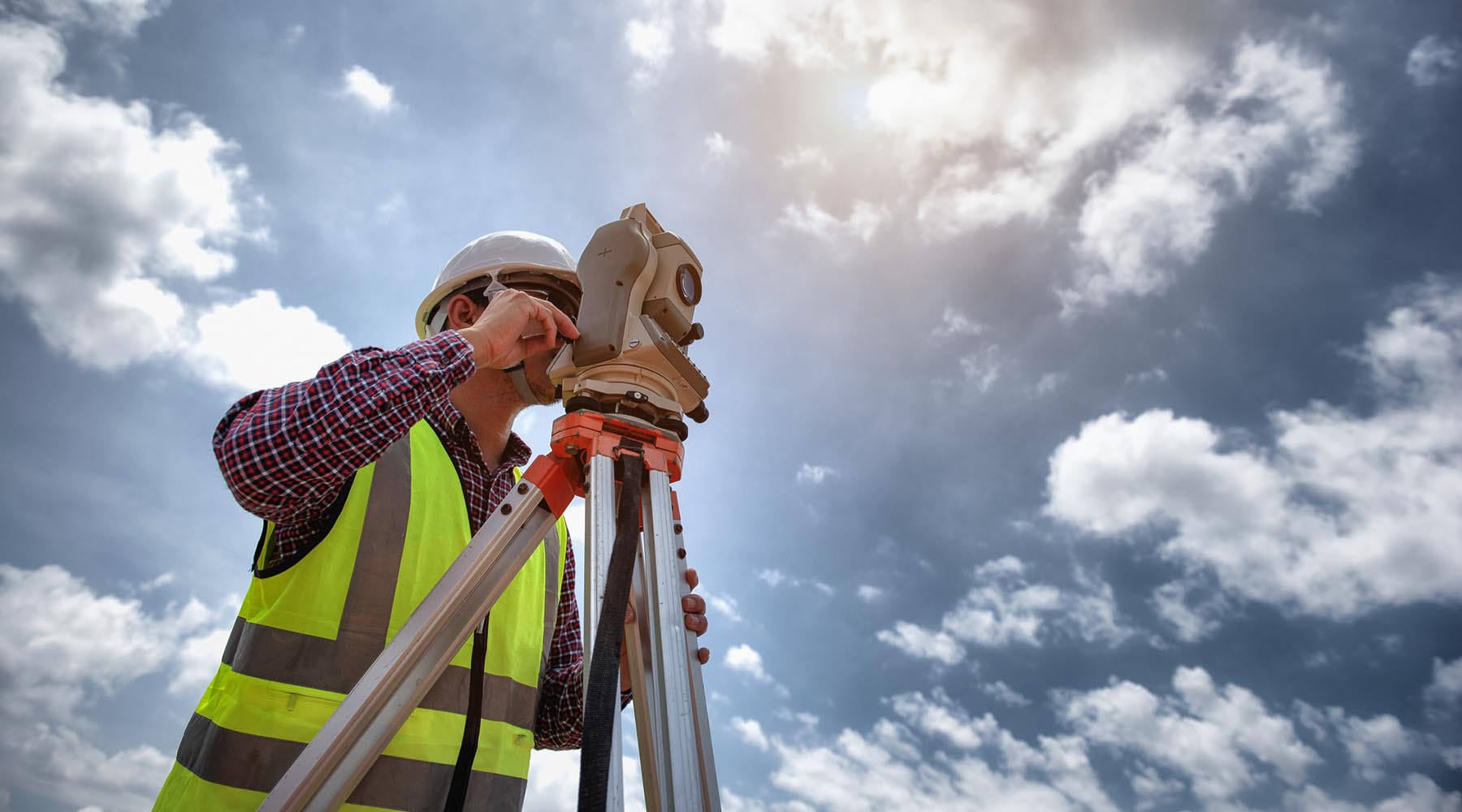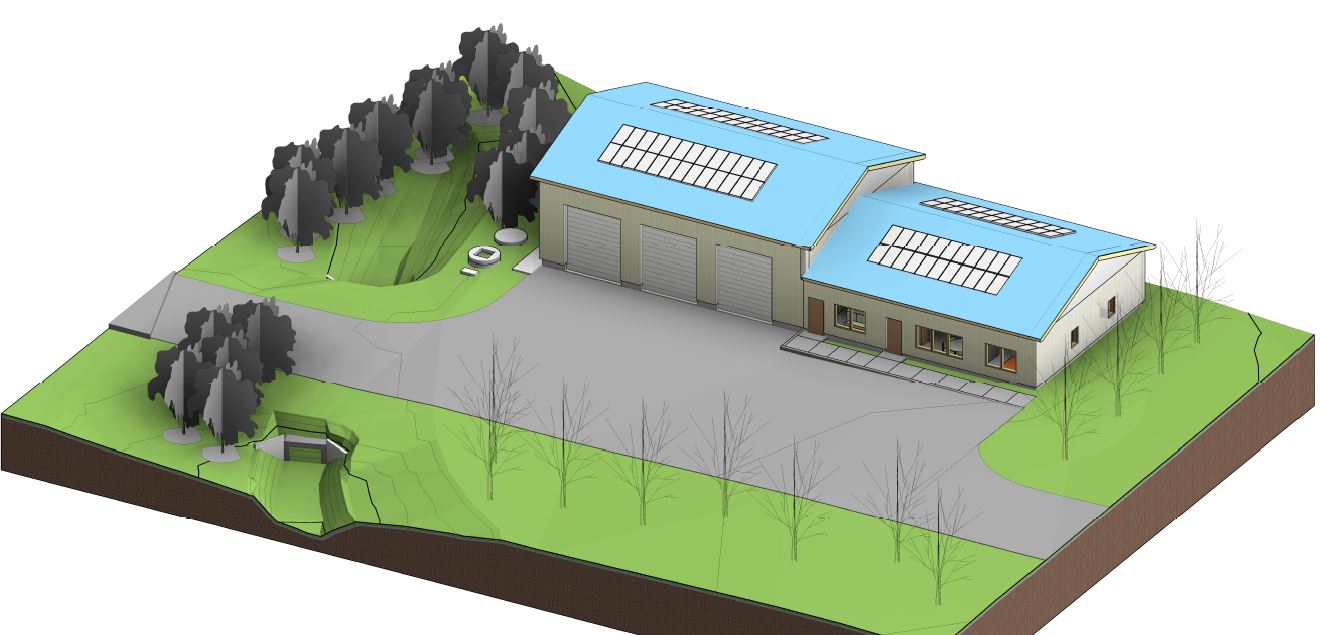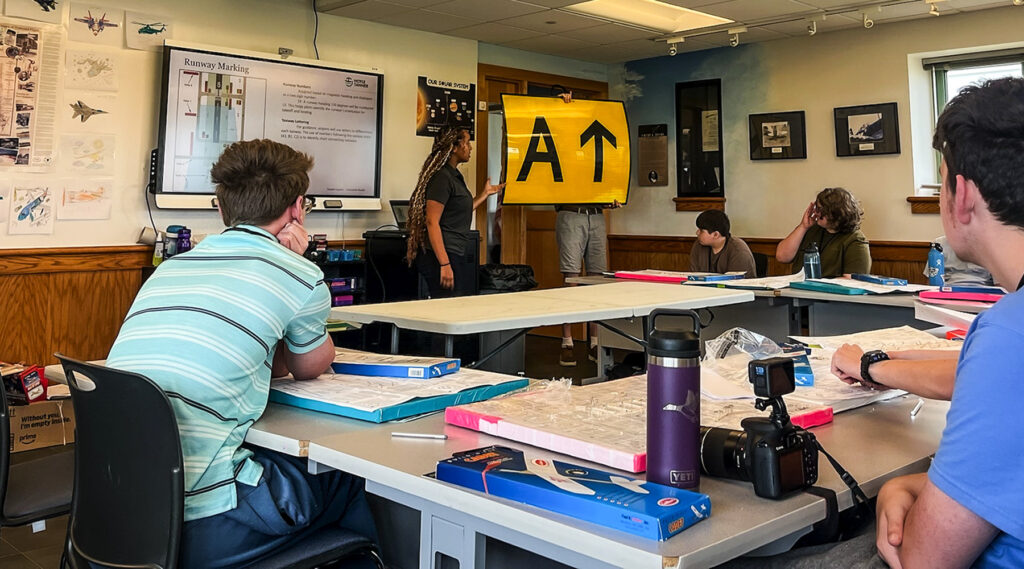
Early July, Hoyle Tanner had the opportunity to provide a class on airport marking, signage and facility placement for young students! This lesson was at the Aviation Museum of New Hampshire where an aviation summer camp brought together youth aged 14 to 17 who share an interest in aviation. This unique environment allowed students to connect over their interests and learn about the exciting world of airport design and operations.
In this presentation Rebekah Gebru, a first-year aviation design engineer, guided the campers through general information on what to expect when looking at an airport. Using imagery from both the Federal Aviation Administration (FAA) and the Advisory Circular (AC), to define the characteristics of an airport. This includes runways, taxiways, airport lighting system, airport weather systems, signage, fencing and General Aviation (GA) buildings.
The Role of an Airport Engineer

Rebekah explained that Civil 3D is used as the primary design software, following Advisory Circular (AC) guidelines as project requirements determine. Advisory Circulars (AC) are publications issued by FAA to help designers comply with aviation regulations.
She highlighted the collaborative nature of aviation design, which involves: internal teamwork within the design group and external meetings and coordination with clients and various companies.
After this, Rebekah went into more specifics about airport design – from General Aviation buildings, how airplanes need to maneuver on the airfield, safety areas, and object free areas.
The students also got to learn all about lighting and marking. The campers got to ask questions relating to the purpose of numbering runways, which are numbered based on the magnetic heading and displayed as a two-digit number. They got to learn about taxiway lettering and how to identify a taxiway using signs.
Putting it into Practice
This information will be used later in the summer to design their own airports in Minecraft! Each block represents five feet, and the campers recreate the runways, taxiways, signage, terminals, hangers, ATC tower, parking garage and lighting system on the runway.
After an insightful Q&A session, Rebekah got a tour of the Aviation Museum of New Hampshire to learn about the history of aviation dating back to World War 2.
Curiosity & Passion for the Aviation Industry
It was a privilege to be able to share knowledge as well as witness the curiosity and passion for aviation that these campers have.
Thank you, Nathaniel MacDonald, for organizing this event and giving Hoyle Tanner the opportunity to show what we do. The campers were eager to learn and worked together as a group to answer questions. Each has bright futures ahead!


